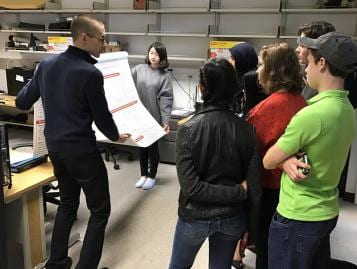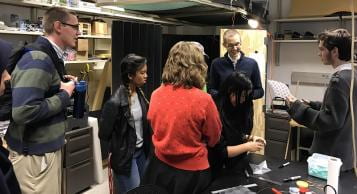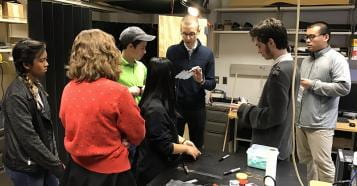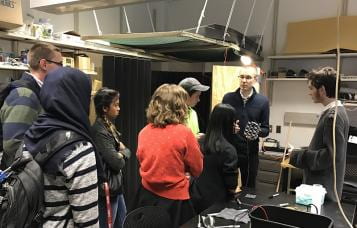Teaching at Penn State
ME 490 Professional Development for Mechanical Engineers
ME 490 is designed to help students to transition into their professional careers. This class dives into 8 topics that represent the core subjects underlying the formulation of your well-rounded, professional self.
ME 597 Engineering Acoustics
An introduction to acoustics through the lens of engineering. We use a hands-on and ears-on approach to help you gain essential skills to question, analyze, and tackle many common problems encountered in acoustics applications. The course syllabus is here at the link.
Teaching at Ohio State
ME 3260 System Dynamics and Vibrations
After covering the core “systems dynamics and vibrations” content of the course, student worked in teams to create a video about one concept covered in the course. Select video submissions are shown below.
This was my first semester teaching a course. If you were one of the students in that section, I sincerely apologize for overshooting the mark on exam difficulty on the now-notorious Exam 2. If you are an employer in a dynamics/vibrations field considering hiring one or more of the students who passed that section, hire them immediately: they have been refined by the fires of my overly zealous, first-year teaching and they survived stronger and ready to tackle any challenge the world may throw at them.
ME 4870 Mechanical Engineering Capstone Lab
So, as it turns out all of the seemingly disparate content from the many prior courses in Mechanical Engineering really do have relationships to each other. This undergraduate senior-year lab course covers practical applications of how the dynamics of mechanical, acoustic, and thermal components interact. A focus in the course is on hands-on problem solving using fundamental concepts from these multiple technical areas.
ME 5134 Introduction to Vibration of Deformable Solids
An introductory course on the vibrations of continuous structures. Analytical methods are presented to study the free and forced vibrations of one-dimensional systems such as bars, strings, shafts, and beams. The course also covers semi-analytical methods such as the Ritz method and introduces the relationship of the finite element method with the analytical and semi-analytical methods. This course provides the understanding required to undertake advanced studies in structural dynamics and to capitalize on the effective use of the finite element method to study problems of vibration.
ME 5241 Engineering Acoustics
An introductory course on acoustics: the physics of sound and basis for human hearing. Topics include but are not limited to: air-borne wave propagation characteristics; principles of acoustic measurements; fundamentals and practices of architectural acoustics and noise control; human hearing characteristics and psychoacoustics.
ME 8260 Advanced Engineering Acoustics
The aims of this course are to (i) establish deep understanding of acoustic wave propagation physics and principles, (ii) understand linear wave propagation characteristics, including radiation, absorption, and transmission of sound from and through structures/materials, along waveguides, and within enclosures, (iii) acquire knowledge on computational tools used to investigate acoustic systems, and (iv) explore emerging areas of interest in the acoustical engineering community.
Outreach at Ohio State
2019 October 15
Dr. Harne and Dr. Maya Pishvar share about LSVR projects with students from the Metro High School. The students learn about adaptive materials for shape change and shock damping, conductive flexible materials for future soft robotics, and of innovative techniques for deployable high intensity focused ultrasound devices. We thank the students’ teacher, Mr. Tyler Hertenstein, for helping to coordinate the visit.


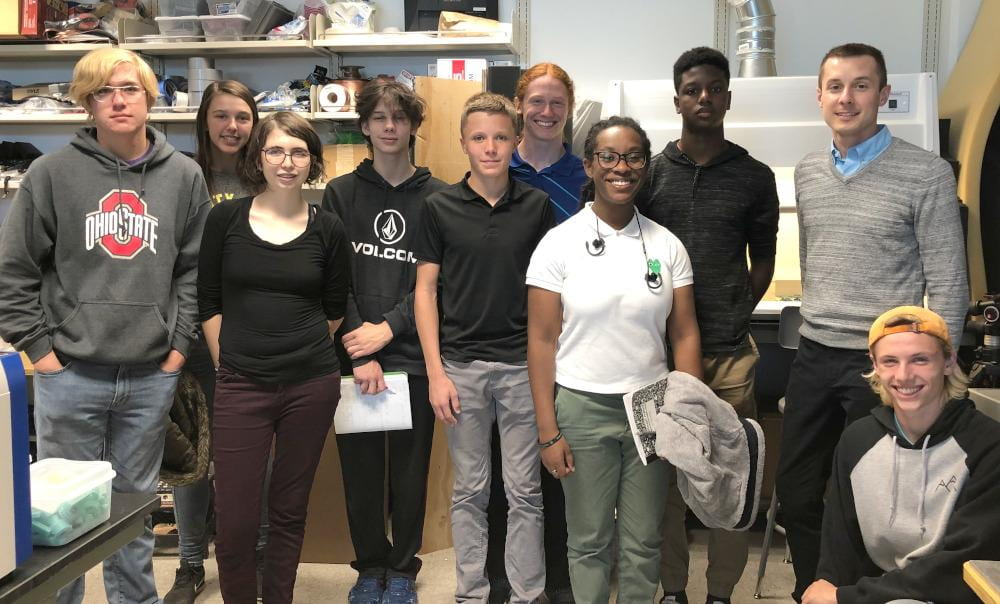
2019 May 22
Dr. Harne, Ningxiner Zhao, and Nolan LaMarche coordinate and undertake a design challenge with the St. Charles School in Columbus, OH, on the subject of foldable structures to guide acoustic waves. The students create many innovative structures from cardstock boards to demonstrate their approaches. Thank you Dr. Vandermeer for helping to facilitate this successful design challenge program once again!
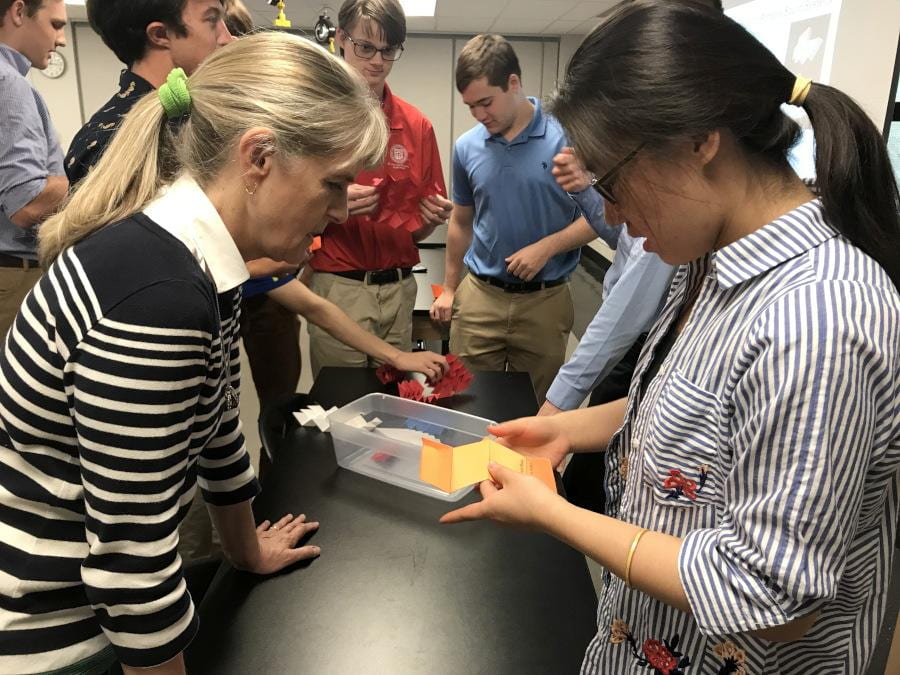


2018 September 10
Students from the Metro Early College High School in the visit LSVR with their teacher, Mr. Tyler Hertenstein. The Metro team learn about research at the LSVR on the projects of material systems for shock and vibration mitigation and adaptive origami structures for acoustic wave guiding.
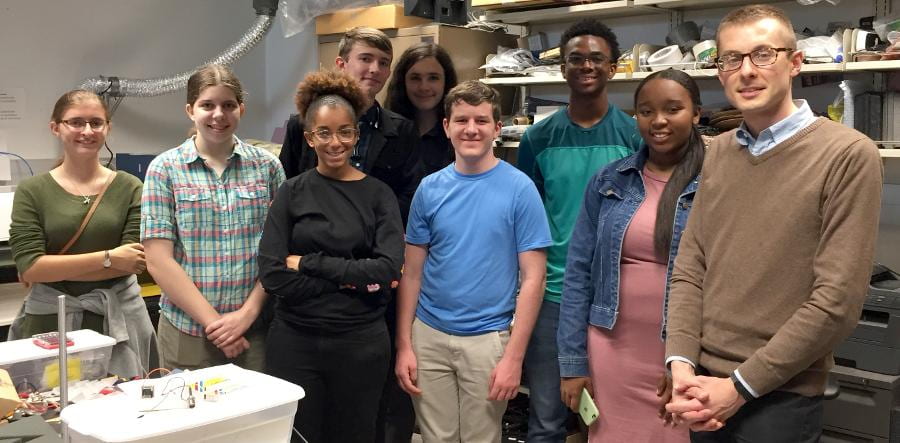
2018 May 23
The LSVR delivers a two-day design challenges for senior-year students at St. Charles School in Columbus, OH. After a flash tutorial on folding structures and acoustic wave guiding, the students are challenged to design a structure for a folding speaker or for a folding wave focusing device. With posterboard and duct tape, the students devise innovative solutions that (in many cases) fold up compactly. Thank you Dr. Vandermeer for enabling this opportunity!

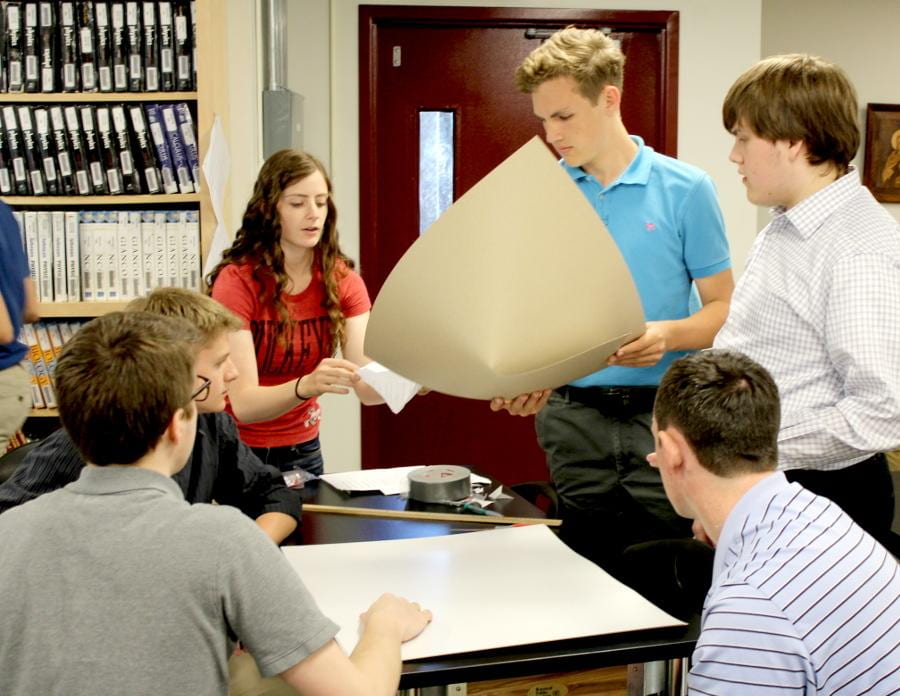
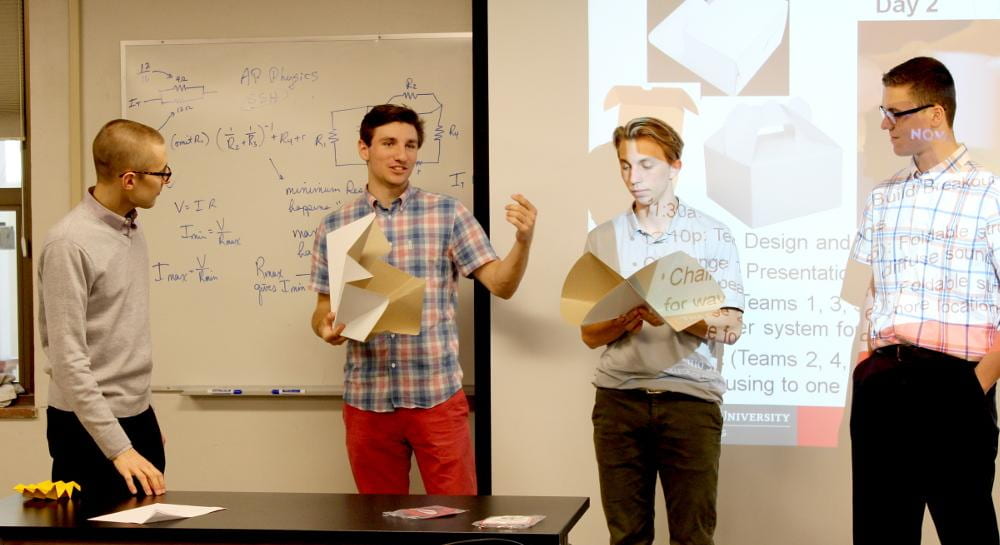
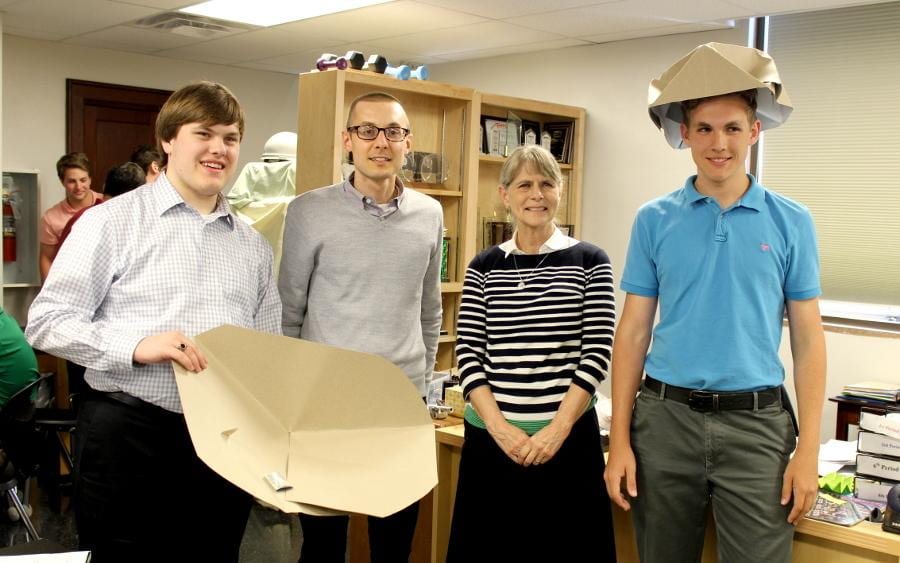
2017 September 11
Students from the Metro Early College High School in the visit LSVR with their teacher, Mr. Tyler Hertenstein. Dr. Harne, Chengzhe, and Nick share with the Metro team about research at OSU in the Department of Mechanical and Aerospace Engineering, and about investigations at LSVR in acoustics and dynamics.
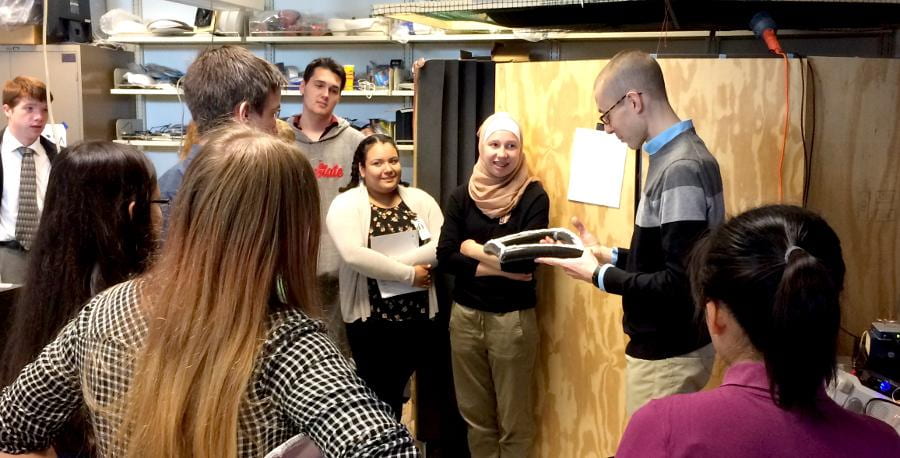
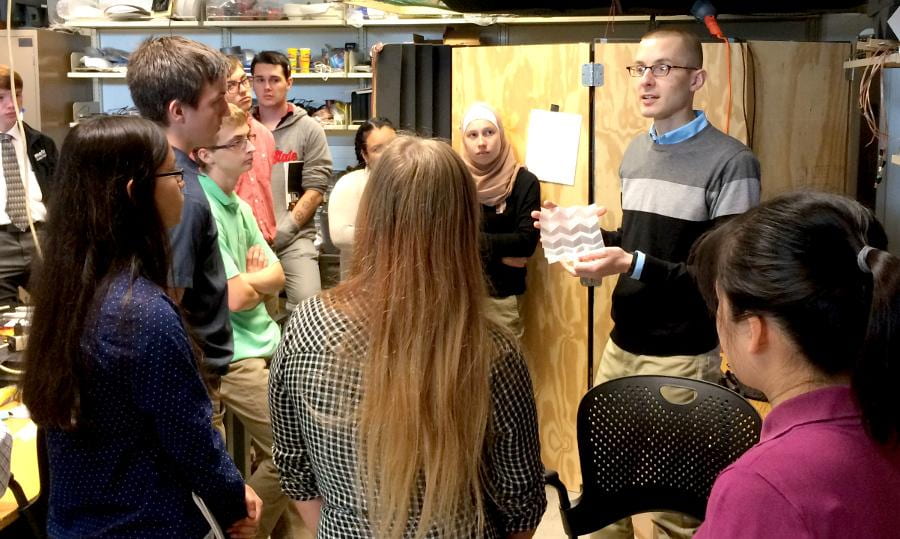
2017 June 22
The LSVR and COSI (Center of Science and Industry) team up for a COSI Camp with a classroom of energetic students from the second/third grades representing diverse schools from the Columbus, OH, area. Dr. Harne, Shichao, and Chengzhe share about engineering structures and how shape governs the properties of structures. This provides the opportunity to explore origami as a pathway for structures that change properties because origami changes shape. The LSVR Team and the students fold origami structures and answer the question “What might these origami structures be used for?”. Photos from the day are provided below.
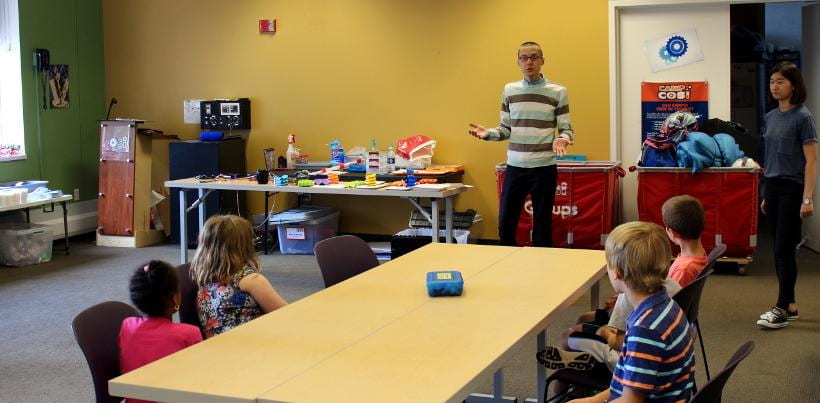
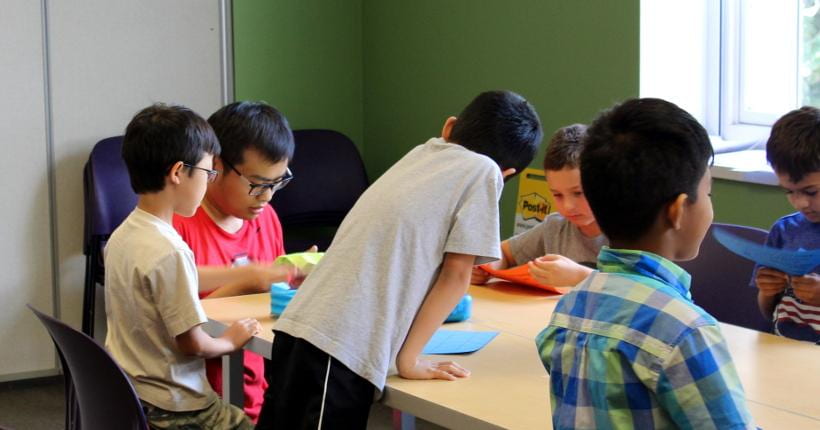
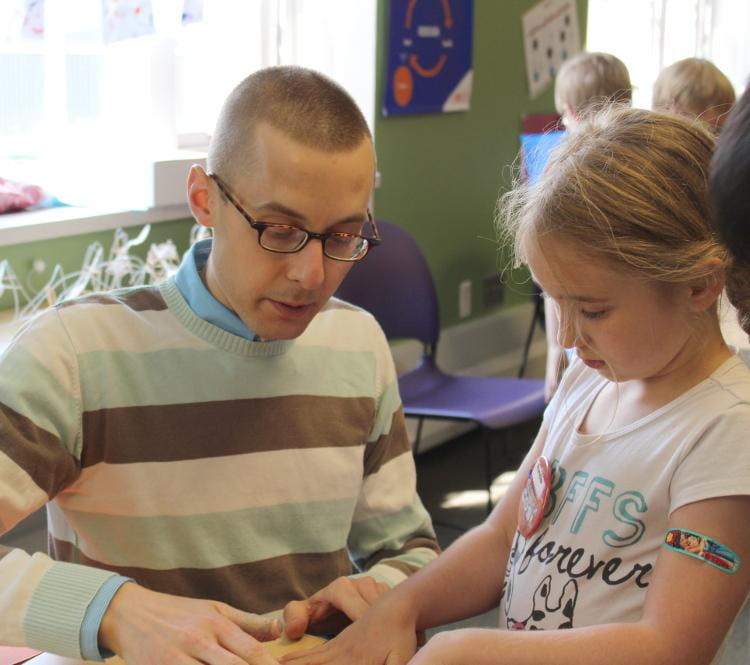
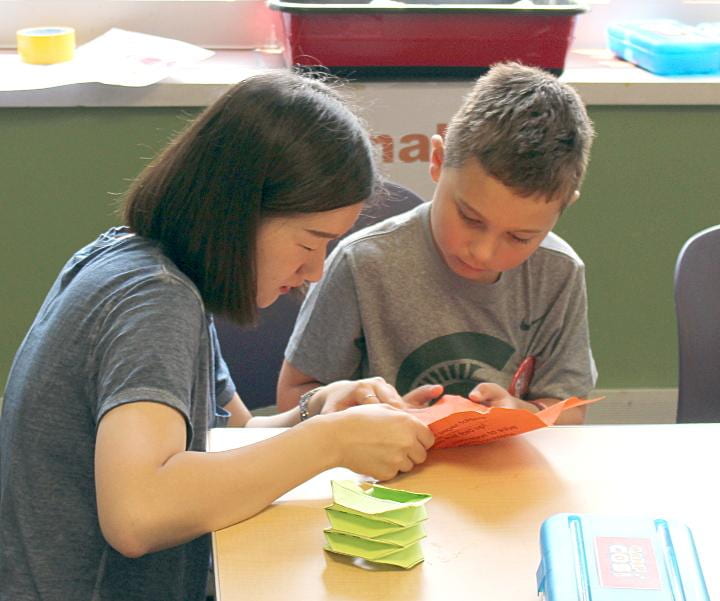
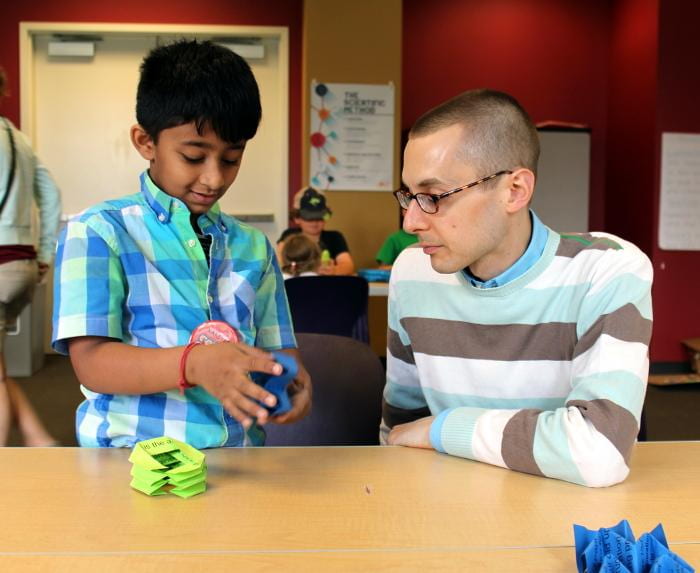
2016 Sept. 28
Students from the Metro Early College High School in the DESIGN Learning Center Program visit LSVR with their teacher, Mr. John Thesing. Dr. Harne, Quanqi, Shichao, and Chengzhe share with the Metro team about engineering and science research at OSU in the Department of Mechanical and Aerospace Engineering, and about the specific investigations ongoing at LSVR in acoustics and dynamics. The students get a hands-on experience of folding our “origami acoustics” specimens, learn about bistable structures with two stable shape configurations, and discover how constraints in elastomeric material systems can be used for shock attenuation and diffusion, such as in helmets. Check out the photo slideshow below for a glimpse of the day.
